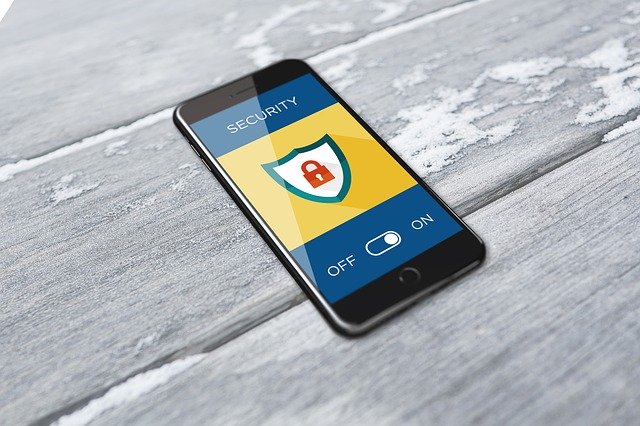Whether you’re a systems administrator or an end user, you are in some way responsible for network safety. Any home or office networks you connect to can easily be influenced by your actions, or lack thereof. Our security team provided a set of simple tips to help your efforts in ensuring your network’s safety.
It CAN happen to you
Most people would like to believe that a network breach or compromised device isn’t something that will happen to them. Many believe it so strongly, in fact, that they can become oblivious to the risks. Doing so means that they often avoid best practices in digital security.
As uncomfortable as it is, you should always remain aware that many prevalent threats are present at any time. Being complacent simply increases the risk that you’ll fall prey to one or more of them. Even the most knowledgeable individuals can make a mistake due to momentary lapses or poor judgement. If in doubt, you should take the stance of considering yourself, your devices and your accounts at risk at all times. Most victims of digital attacks will tell you that they didn’t think they would be targeted or that it could happen to them.
Network safety is important for everyone, not just you
Chances are that you share the network you’re on with others. Consider, then, the implications if your actions lead to the compromise of that network.
If it’s a family network, you’re putting your family’s well-being on the line, since it’s likely that attackers would want to gain access to personal, private or financial information. If it’s a business network, the business itself is at risk, because criminals can target the operational, public-facing and financial elements. What’s more, there’s no guarantee that you can recover from the losses brought about by such intrusions.
The simplest of actions
Taking basic steps to protect yourself and your network seems, well…basic. Yet astonishingly the majority of people don’t implement most of these actions. The old adage of “prevention is better than cure” has yet to fully permeate the cybersecurity ecosystem. Furthermore, many aren’t aware that sometimes you have no magic pill to cure lapses in network security once they are discovered.
So what can you do, quickly and easily, to prevent such lapses and keep yourself and your systems safe?
Stay aware on network safety and digital security news
- Be on the lookout for the latest scams, breaches and methods that criminals use. Keep yourself and those around you informed, share security information promptly.
Stay updated
- Keep your devices, operating systems and software on the latest versions. This ensures you have the latest security features and the best protections, as the relevant industries stay abreast of the latest threats.
Lock devices not in use
- Leaving your workstation or your phone unlocked when stepping away is a big risk, both for your personal information and the systems your device connects to.
Use proper passwords
- It may sound silly to hear this again and again, but given the alarming digital security stats it cannot be said enough. Make your passwords strong and unique; use a good password manage if you’re worried about remembering them all.
Use an antivirus on mobile devices
- Phones and tablets are typically very vulnerable. These days, they’re exposed to many vectors than can contain malware, such as songs, videos, website links and even document files. Installing strong antivirus software on a mobile device will help keep it safe from such threats.
Always check carefully
- When you receive communications with links or attachments, play it safe and do a little due diligence. Check with the sender if they did indeed mean to send it to you. If you don’t mind uploading the file or link, you can also use a free resource such as VirusTotal to scan it for threats. Furthermore, avoid sending out fake news and spam messages by taking a moment to verify the claims in messages you receive.

Further network safety tips
When it comes to protecting networks properly, there are several methods you can ask users to implement for increased security. Some of them require proper network management, which comes with its own skill requirements, but all are highly recommended.
Use a VPN instead of just RDP or equivalents
A VPN (Virtual Private Network) connection creates a secure encrypted connection between your device and the device you’re connecting to. This is an overall better solution that a straight RDP connection, which may or may not have the latest and greatest encryption protocols.
Backups, backups, backups
Wherever possible, you should have three different backups of your critical data. One on-site, one off-site (i.e. at another location) and one in a secure cloud.
Use 2FA
2FA, or 2-factor authentication, requires a double login process. This is usually whereby a login prompt sends an additional one-time security code to the user’s mobile device. This is a good way to ensure that only authorized personnel are able to log into particular systems.
Separate your networks
This is of particular importance in organisations. Ideally, your guest network will be separate from your working network. If you perform any kind of testing that requires network access, you should also have a separate network for your testing environment.

